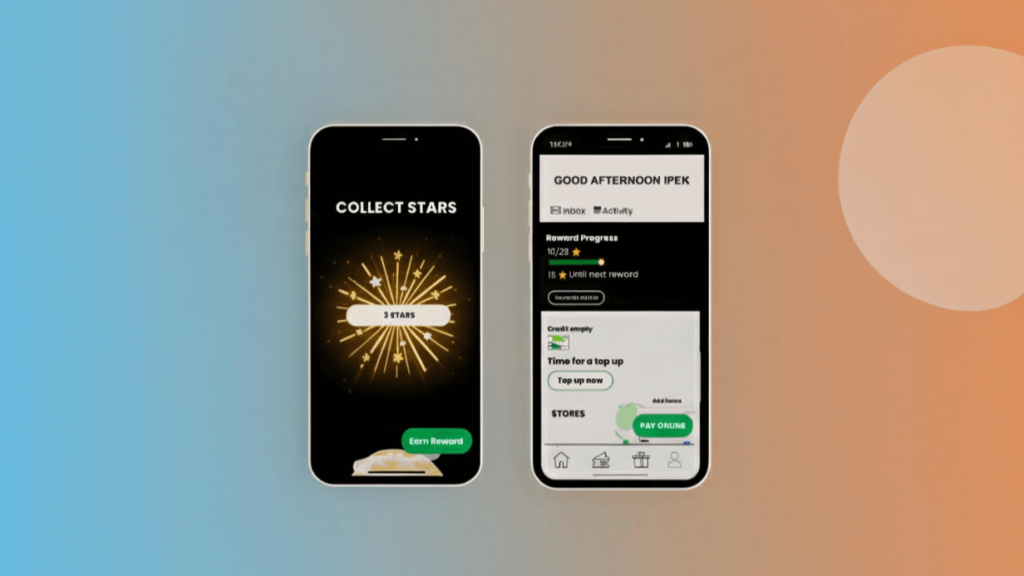
The modern retail landscape is witnessing a profound transformation in consumer behavior. Amid the rapid rise of e-commerce, traditional stores face the challenge of adaptation. In this context, Online-to-Offline (O2O) is not merely a term but a survival strategy that helps businesses bridge the gap between the digital and physical worlds to create seamless and optimized shopping experiences.
I. What Is O2O Commerce and How Is It Different from Omnichannel?
Online-to-Offline (O2O) commerce is a business strategy that focuses on using online channels to influence and drive purchasing behavior in physical stores. O2O converts users from digital platforms—such as websites, social media, or email—into real customers who visit and buy at retail locations.
This concept is often confused with Omnichannel. However, their goals differ. Omnichannel aims to create a seamless experience across all channels, allowing customers to move fluidly between online and offline environments. O2O commerce, meanwhile, combines online and traditional marketing techniques to turn e-commerce visitors into in-store shoppers by:
Offering in-store pickup for online purchases.
Facilitating product purchases directly at physical stores.
Allowing online purchases to be returned at retail locations.
These methods enhance convenience, increase foot traffic, and drive direct sales.
II. Why Is O2O Marketing Important Today?
1. Adapting to Consumer Shopping Preferences
O2O merges the broad reach of digital marketing with the high conversion rate of in-store shopping to maximize profit. U.S. retail sales from BOPIS (Buy Online, Pick Up In-Store) reached USD 113.2 billion in 2023, proving consumer preference for hybrid shopping experiences.
2. Maximizing Marketing Budgets
With rising marketing costs, O2O helps businesses use budgets more intelligently by synchronizing online and offline efforts. It strengthens engagement and enables retailers to collect valuable behavioral data at the point of sale.
3. Expanding Potential Customer Bases
O2O allows traditional retailers to reach beyond walk-in traffic. Most modern consumers start their shopping journeys online, using search engines, social media, and review sites before visiting stores.

4. Delivering Unique In-Store Experiences
61% of shoppers prefer buying from brands with physical stores. Millennials, in particular, enjoy talking to staff, touching products, and trying items in person.
O2O integrates digital platforms with in-store experiences—allowing customers to access product info, redeem loyalty points, or use digital coupons via mobile apps at checkout—making stores more attractive and engaging.
III. Key O2O Trends
1. BOPIS (Buy Online, Pick Up In-Store)
This strategy lets shoppers browse and purchase online, then pick up in-store once notified. It meets the demand for instant satisfaction and increases foot traffic—creating opportunities for upselling.

2. Home Delivery
For urban areas, delivery from local stores offers convenience and saves time. Retailers can partner with logistics providers like DHL, Grab, or Giao Hàng Tiết Kiệm, or run internal delivery operations to enhance customer experience and operational efficiency.

3. Local SEO
Half of Google users search store information (location, distance, hours) before visiting. Businesses should optimize their Google My Business listings with accurate data, photos, and reviews to appear in “near me” searches.

4. QR Codes
Two-thirds of shoppers use smartphones in-store to check product details. QR codes connect the physical and digital experiences—allowing customers to:
Redeem loyalty points
Access product details
Submit feedback surveys

IV. Case Studies: Lessons from Industry Giants
1. Starbucks
Its mobile app allows customers to order ahead and skip lines—reducing wait times and enabling data collection on preferences. The app’s rewards system fosters repeat purchases.
2. Alibaba
The e-commerce giant launched physical stores as part of its O2O strategy to tap into China’s massive offline retail market. By merging online and offline data, Alibaba personalizes recommendations, optimizes campaigns, and streamlines its supply chain—demonstrating the power of integration.
V. Future Outlook: Emerging Trends and Opportunities in O2O Marketing
1. Prominent Trends and Developments
Augmented Reality (AR): Transforming how customers interact with products.
Artificial Intelligence (AI): Enabling personalized offers and recommendations through behavioral insights.
Voice-Activated Technology: Tools like Siri and Google Assistant help users find stores or place orders by voice, adding new O2O touchpoints.
2. Emerging Opportunities for Businesses
Data Analytics: Deep insights into customer behavior allow for precise segmentation and targeting.
Technology Investment: AI and AR enhance customer experience and brand value.
Strategic Partnerships: Collaborating with tech providers expands reach and accelerates innovation in O2O operations.
Conclusion
O2O (Online-to-Offline) is no longer optional—it’s essential for business survival and growth in the digital era. It helps enterprises maximize the strengths of both online and offline channels, building sustainable competitive advantage.
If your business seeks to implement an effective O2O strategy, contact Digityze Asia for integrated online and offline solutions. We are ready to accompany your growth journey.



